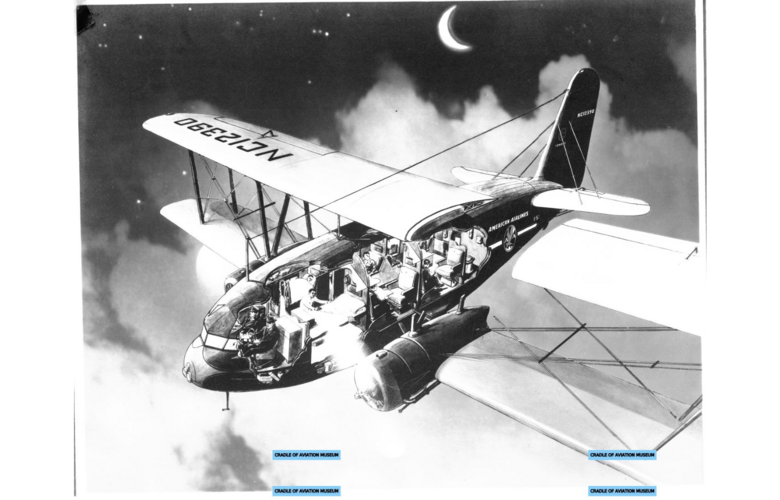- Joined
- 25 June 2009
- Messages
- 14,108
- Reaction score
- 4,239
Here is a photo of the Curtiss-Wright T-32 "Condor", an airliner of the early 1930s that was comfortable but not very fast. It was used throughout the decade, alongside the likes of the Douglas DC-2/DC-3 or the Boeing 247, though it looks a lot more archaic in design and philosophy (it even looked outdated when it came out, it seems).

My question to all the people on this forum with a knowledge in design and engineering is this: would it have made a good monoplane? And if so, would the wing have been best located in bottom, mid- or upper position? Thank you all for your answers.

My question to all the people on this forum with a knowledge in design and engineering is this: would it have made a good monoplane? And if so, would the wing have been best located in bottom, mid- or upper position? Thank you all for your answers.


